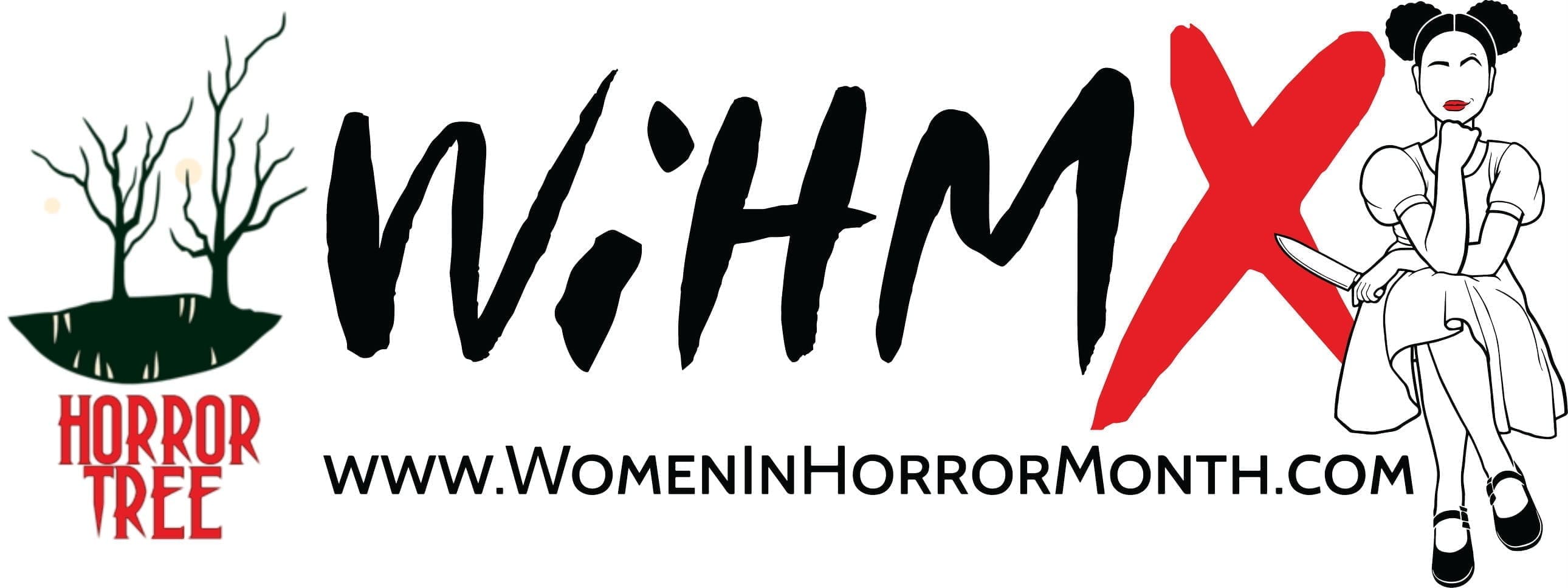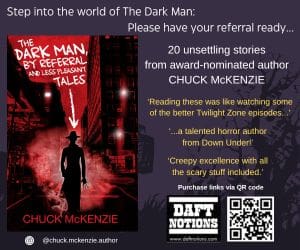WIHM: Scores for Horrors: Women Who Pioneered Creepy Cacophonies

Scores for Horrors: Women Who Pioneered Creepy Cacophonies
By: Cat Kenwell
You know the scores…John Carpenter’s Halloween. Bernard Hermann’s Psycho. John Williams’ Jaws. Male composers dominate the terrifying tunes that come to mind when we think of horror soundtracks.
Or do they?
Well, no. If you’re looking for the really creepy sounds—the ones that will keep you awake at night—you’ll want to give a listen to the work of three women who pioneered electronic music and scared us silly in The Innocents, The Legend of Hell House, and The Shining.
As part of a series celebrating Women in Horror Month, this blog digs into the fascinating iconic musical contributions of female composers Daphne Oram, Delia Derbyshire, and Wendy Carlos.
Daphne Oram (b. 1925) and Delia Derbyshire (b. 1937) were English electronic music composers associated with the BBC Radiophonic Workshop. The British radio context is important; back before the 50s and 60s, the BBC wouldn’t even hire women as newscasters because their voices were too warm and friendly. OK, those are my adjectives, but you get it—men’s voices were considered solemn and dignified, and as such, women were hired as personal assistants but never made it to air.
Enter Daphne Oram. She co-founded BBC’s Radiophonic Workshop, with a mission to create incidental music for a multitude of radio and TV dramas and documentaries. Coincidentally, this was also the dawn of commercial electronic music. Daphne was one of the first composers to feature electronic sounds in orchestral pieces, and experimented with ‘musique concrete’, a form of music that employs overlapping of synthesizers, vocals, traditional instruments, tape-splicing, and computer digitization. Her work was certainly considered ‘avant-garde’ to the staid BBC; so much, I suppose, that being both a trailblazer and a woman meant she was maligned by the old boys. She resigned from the BBC less than a year after the workshop’s creation and set out to build Britain’s first studio for electronic music, and further established her music technique called Oramics.
In fact, it was Daphne Oram’s eerie electronics that motivated me to write about this relatively unrecognized trio. Do you recall the most terrifying movie you watched as a kid? Mine was 1961’s The Innocents, a brilliant screen adaptation of Henry James’ The Turn of the Screw. To this day, it still chills me to the bone; I watched it again recently and realized why it scared the bejesus out of me. It was the soundtrack, which includes the haunting lullaby ‘O Willow Waly’. Scary enough, but more specifically, I was completely mesmerized by the humming, jarring clanging and banging during some of the film’s most suspenseful scenes. That electronic nightmare was courtesy of Daphne Oram. Sadly, she was not even credited for her outstanding work.
After The Innocents, Daphne continued to compose music for ballet and theater, including Beauty and the Beast, and she completed several concert works.
At the BBC, Daphne also paved the way for Delia Derbyshire, who was with the Workshop for 11 years. With a degree in mathematics, she mixed music and mathematical theory, using tape machines, wine bottles and even everyday objects like a metal lampshade to create haunting, edgy sounds. She was responsible for arranging the Doctor Who theme—the most famous piece coming out of the project and one of the first TV themes composed and produced entirely electronically. Sadly—and like Daphne Oram—Delia wasn’t credited for her work; in fact, it wasn’t until the show’s 50th anniversary that she was recognized on screen.
In the late 60s, Delia was instrumental in setting up Unit Delta Plus, an organization built to create and support electronic music, and when she left the BBC, she co-founded the influential Kaleidophon and Electrophon studios. In 1973, while at Electrophon, Delia composed the soundtrack for The Legend of Hell House, again using everyday objects, vocals, and digital manipulation to create suspense. The score itself reminds me of what one might hear in a creaky old haunted house. Here’s a link to a great article on the ‘Derbyshire effect’ in the film:
The progeny of Delia Derbyshire can’t be underestimated; artists like Brian Eno and Bjork, and techno and house genres, simply wouldn’t exist as they do today without Daphne’s pioneering work. Imagine, no Kraftwerk, no Human League, no Chemical Brothers…
On the other side of the Atlantic, Wendy Carlos (b. Walter Williams, 1939, Rhode Island) began composing at age 10. She continued writing while in university, and graduated with a master’s degree in music composition. Before beginning her career as a commercial composer, she worked as a recording and mastering engineer, which she has said was a great learning experience.
In the early 60s, she began experimenting with electronic music, and consulted with Robert Moog, offering valuable advice on the development of the Moog synthesizer. Those old enough to remember will either adore or cringe at the idea that Switched-on Bach (1968) was Wendy’s first studio album. Recorded entirely on a modular Moog, the album went on to win three Grammys and peaked at 10 on the Billboard Top 200. Two years later, she and her collaborator Rachel Elkind flew to London to compose the score for Stanley Kubrick’s A Clockwork Orange (1971). The soundtrack included electronic renditions of work by Sebastian Bach and Robert Purcell. Wendy enjoyed working with Kubrick—she was a fan—and teamed up once more to compose The Shining’s (1980) chilling main theme.
Wendy’s other film credits include the score for Tron (1982) and Woundings (1998). Most recently, Wendy’s theme from The Shining was included in the soundtrack for Ready Player One (2018), alongside works by two other fabulous pioneering women, Joan Jett and Debbie Harry. She’s also taken iconic solar eclipse photos for NASA and her contributions to Dolby Surround are evident in every modern movie theatre.
Check out more music from these pioneering electronic composers; their creations still sound new today, and they evoke a certain level of unease and creepiness…I’m sure it’s just as they intended.
In a somewhat unrelated but personal note, Daphne Oram was born in Devizes, Wiltshire, which was the first place my parents and I ever encountered paranormal activity. While we were taken aback at the time (1982), we’ve since learned that Devizes is a hotbed of ghostly apparitions. I’d love to know if Daphne was at all influenced by any home-town spiritual goings-on!
Cat Kenwell
Cat Kenwell is a writer, mediator and adjudicator living with a brain injury. Her work has appeared in Brainstorm Revolution and Chicken Soup for the Soul, and she is a contributor to Trembling with Fear. She’s currently writing a ‘real-life-horror-story’ comedy based on her experiences with PTSD and post-concussion syndrome. www.catherinekenwell.com
- About the Author
- Latest Posts
The Horror Tree is a resource for horror authors which was created in 2011. The main goal when starting the site was to include all of the latest horror anthologies and publishers that are taking paying submissions. A resource useful for both new and experienced publishers alike looking for an outlet for their written material!










